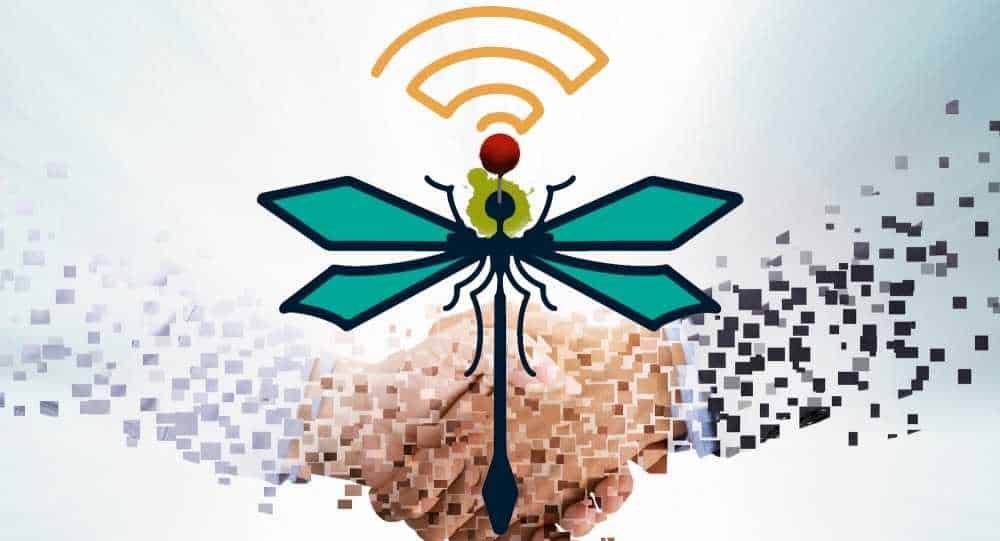WPA3 Dragonblood: A new vulnerability discovered in the WPA3 template was named Dragonblood (because it affects WPA3's Dragonfly handshake), and can be exploited for DoS attacks on a vulnerable access point or, for theft of sensitive data (such as passwords) Wi-Fi.
“Attackers can read information that WPA3 is supposed to protect with encryption. This can be used to steal sensitive information such as credit cards, passwords, chats, messages e-mail, etc., unless additional protection is used, such as HTTPS, ”say researchers Mathy Vanhoef and Eyal Ronen.
WPA3 Dragonblood mods attackς
The error allows an attacker to do DoS attacks by overloading an access point that uses the WPA3 standard, causing countless handshakes.
Researchers reported downgrading attacks where an intruder on a vulnerable access point causes the user to connect with 4 handshake points used by the WPA2 standard. So it collects enough information to start an offline dictionary attack. In another attack, the attacker can downgrade the cryptographic group used in the WPA3 Dragonfly handshake, forcing the user and access point to use a weaker encryption.
Side-channel attacks, cache-based and timing-based, can exploit a vulnerability in the Dragonfly algorithm, allowing an attacker to execute a password-breaking attack (Password partitioning attack similar to an offline dictionary attack) to obtain the Wi-Fi password.
"The resulting attacks are effective and low-cost: full-character bruteforcing and 8-character password length require less than $ 125 in Amazon EC2 cases," the researchers said.
More details about each of the attacks mentioned above can be found at paper (PDF) which they published for WPA3 Dragonblood.
Researchers have not yet published all of the vulnerability details because they also affect EAP-pwd, the authentication protocol supported by WPA and WPA2.
Unfortunately, our attacks against WPA3 also work for EAP-pwd, which means that an attacker can even recover a user's password when using EAP-pwd. In addition, we found serious bugs in most EAP-pwd products that allow the attacker to emulate any user. This way he can access the Wi-Fi network without knowing the user's password.
"Although we believe that EAP-pwd is used quite infrequently, it still poses serious risks to many users and shows the dangers of incorrectly implementing Dragonfly."
Researchers have published tools that can be used to check if an access point is vulnerable to any of the aforementioned attacks, but have refrained from releasing a tool that facilitates attacks against EAP-pwd (though they say they will do so soon).
The researchers revealed their findings to the WiFi Alliance, which issued a statement explaining that the problems identified "affect a limited number of early WPA3-Personal implementations" (one of two WPA3 modes) and can be resolved with a software update. , which users can download from the Wi-Fi device vendor's page.
"WPA3-Personal is in the early stages of development, and the small number of affected device manufacturers have already begun developing fixes for problem. The updates software do not require changes that affect interoperability between the Wi-Fi device," says the WiFi Alliance.
______________





